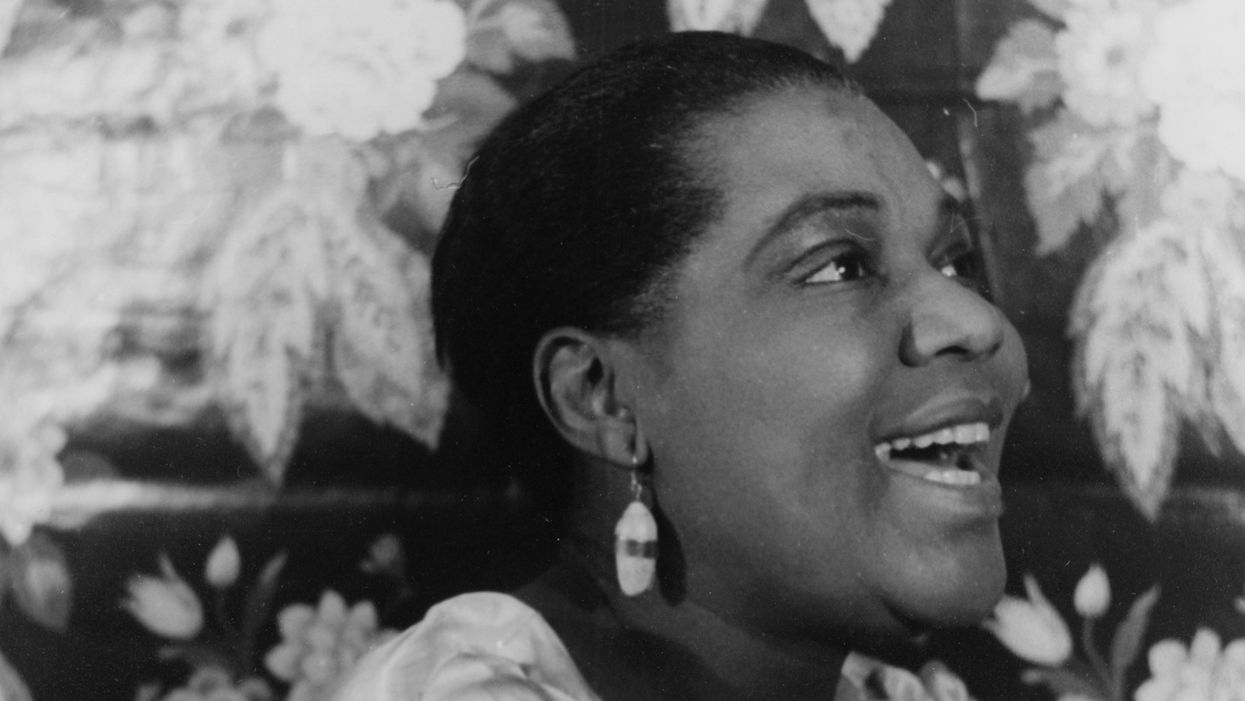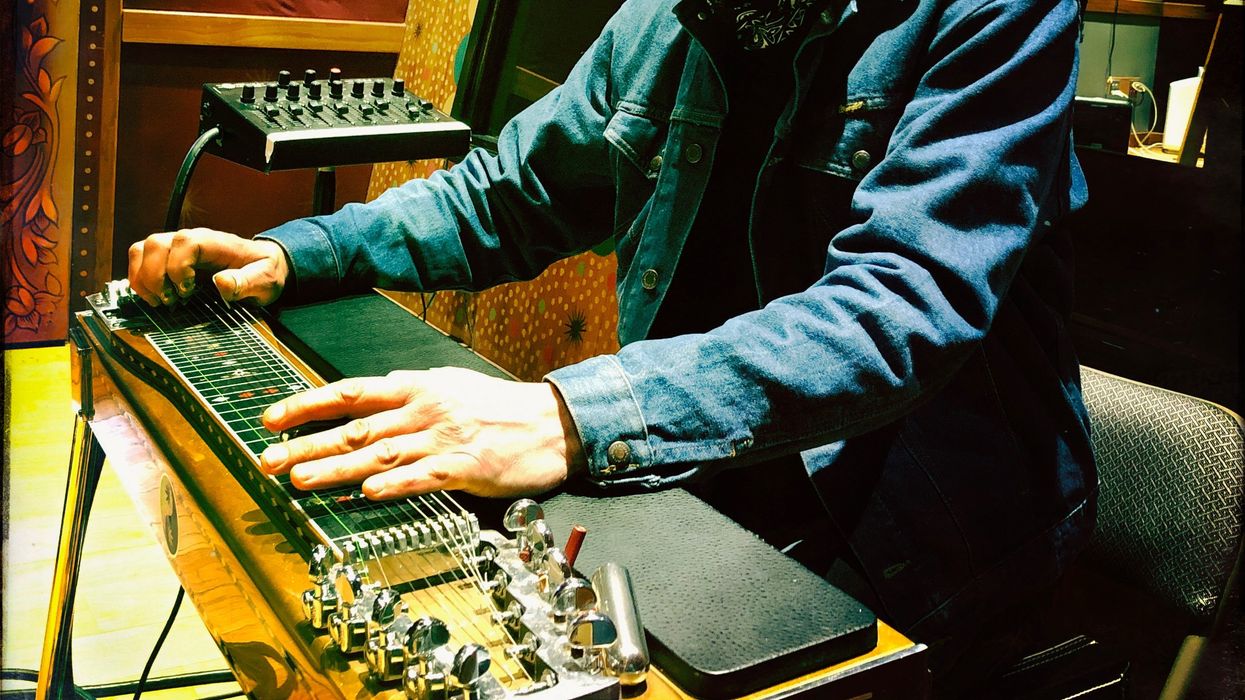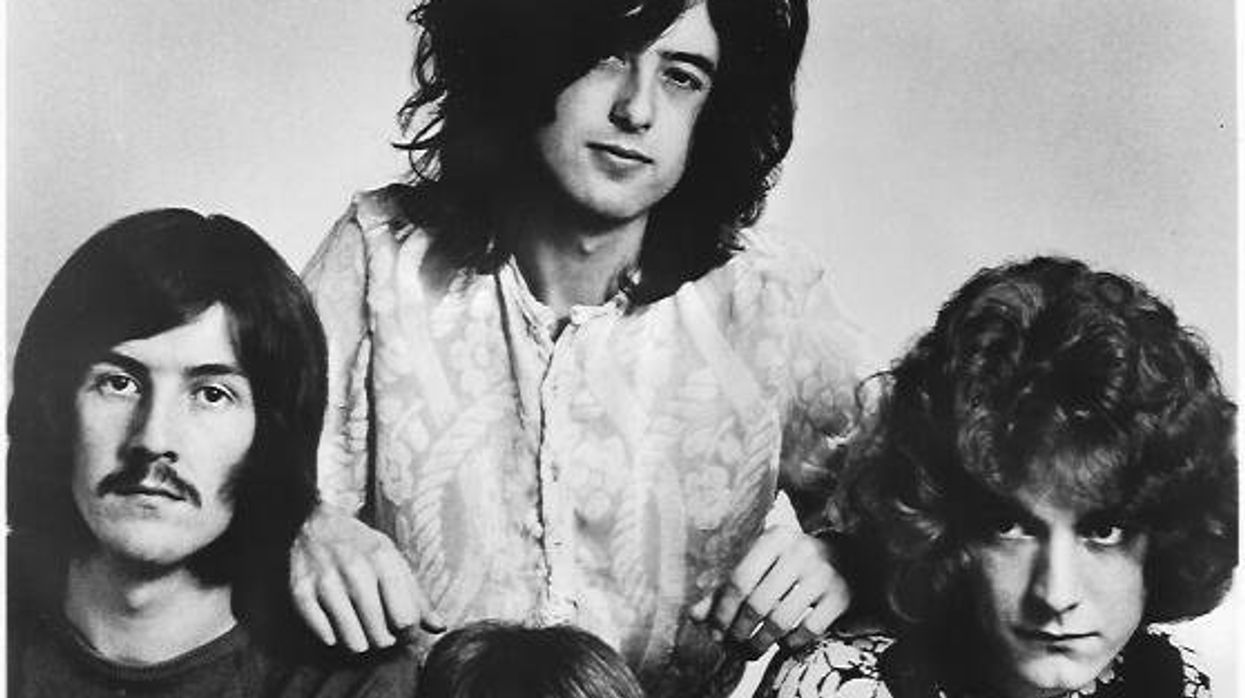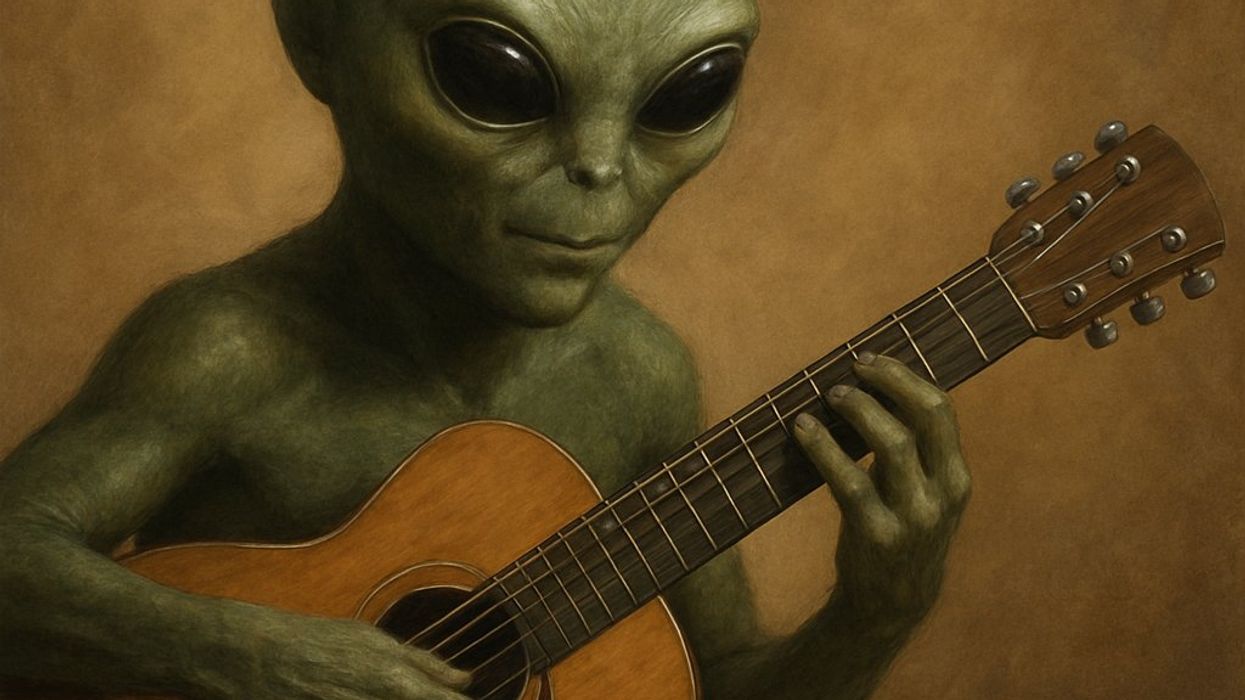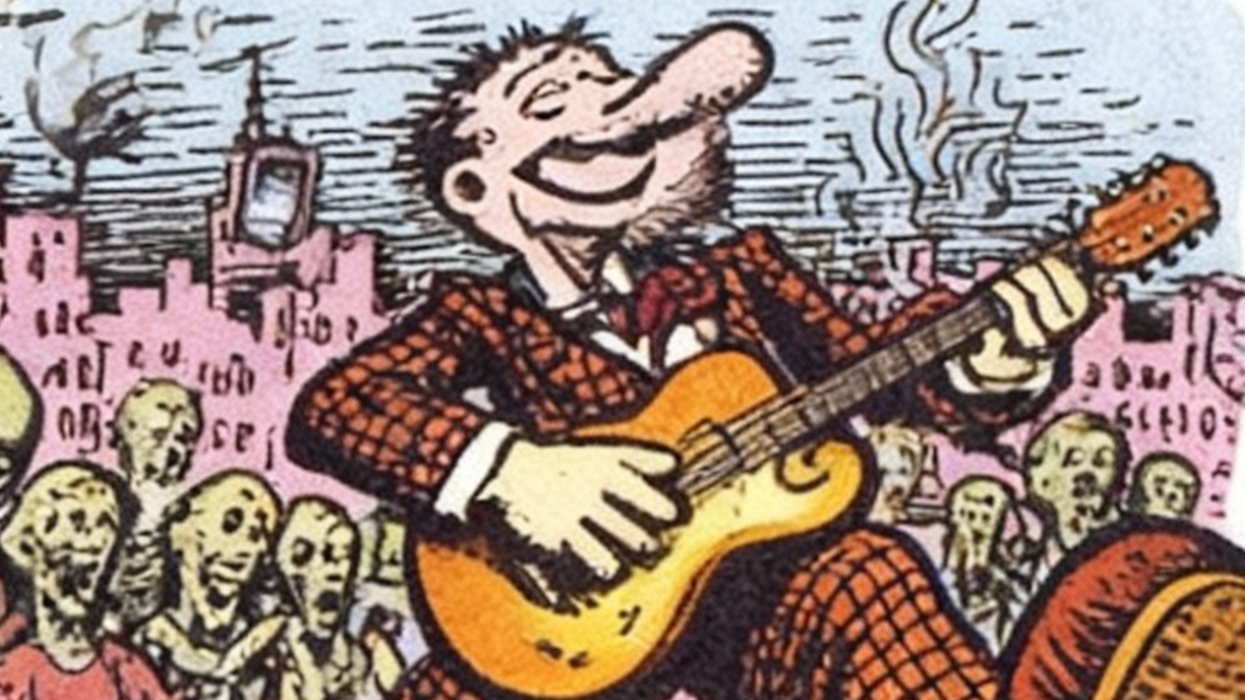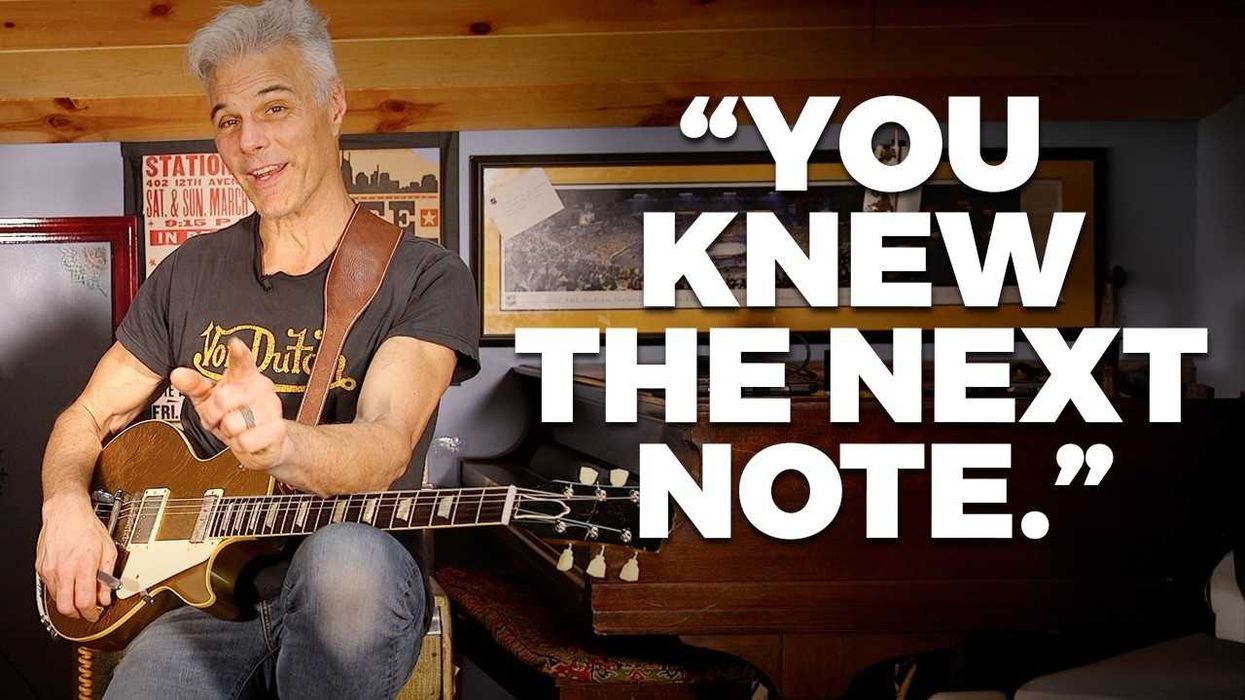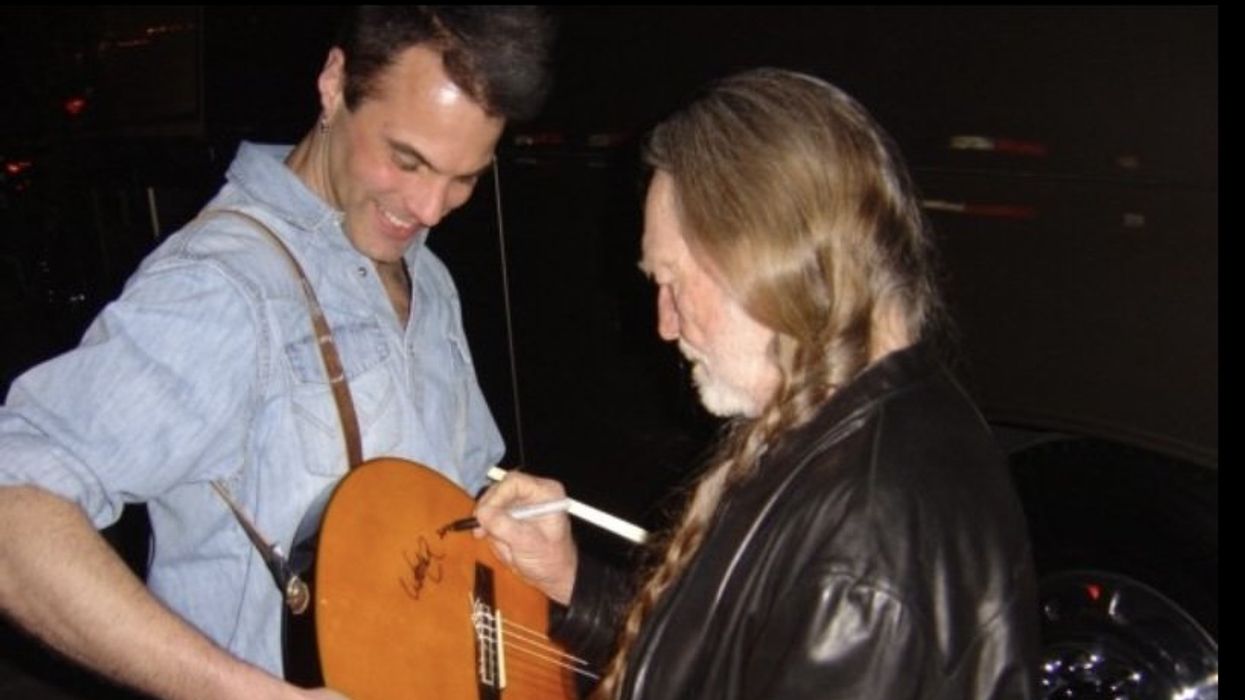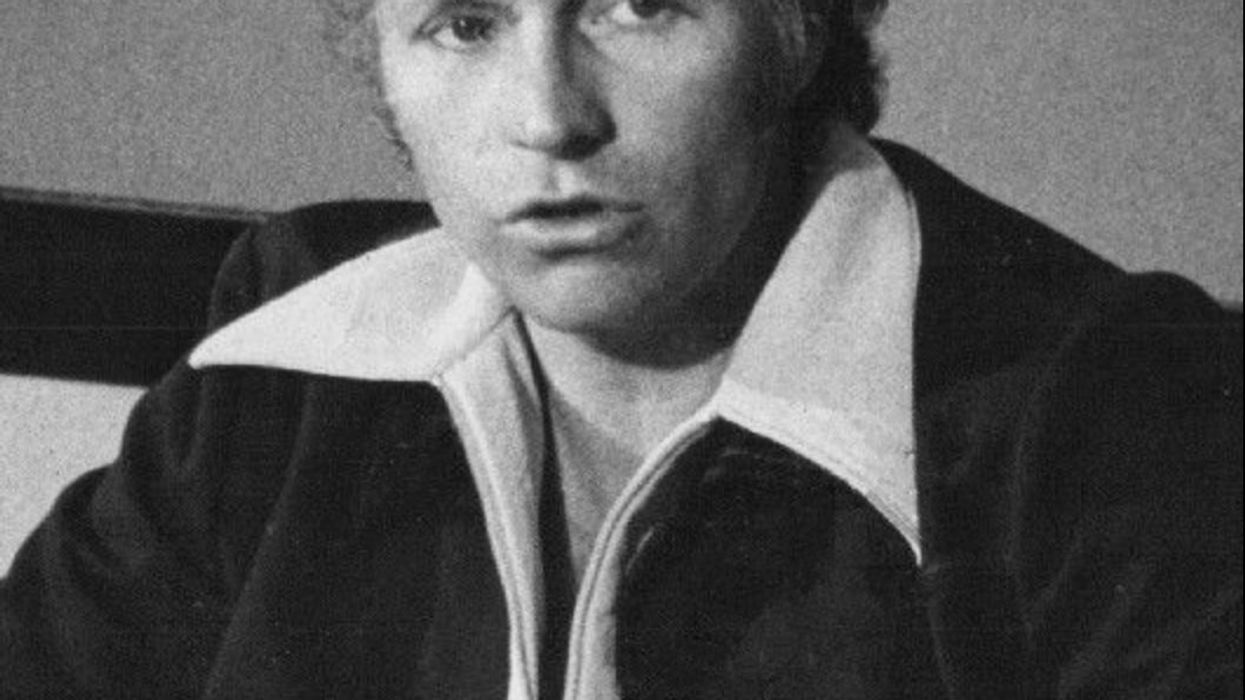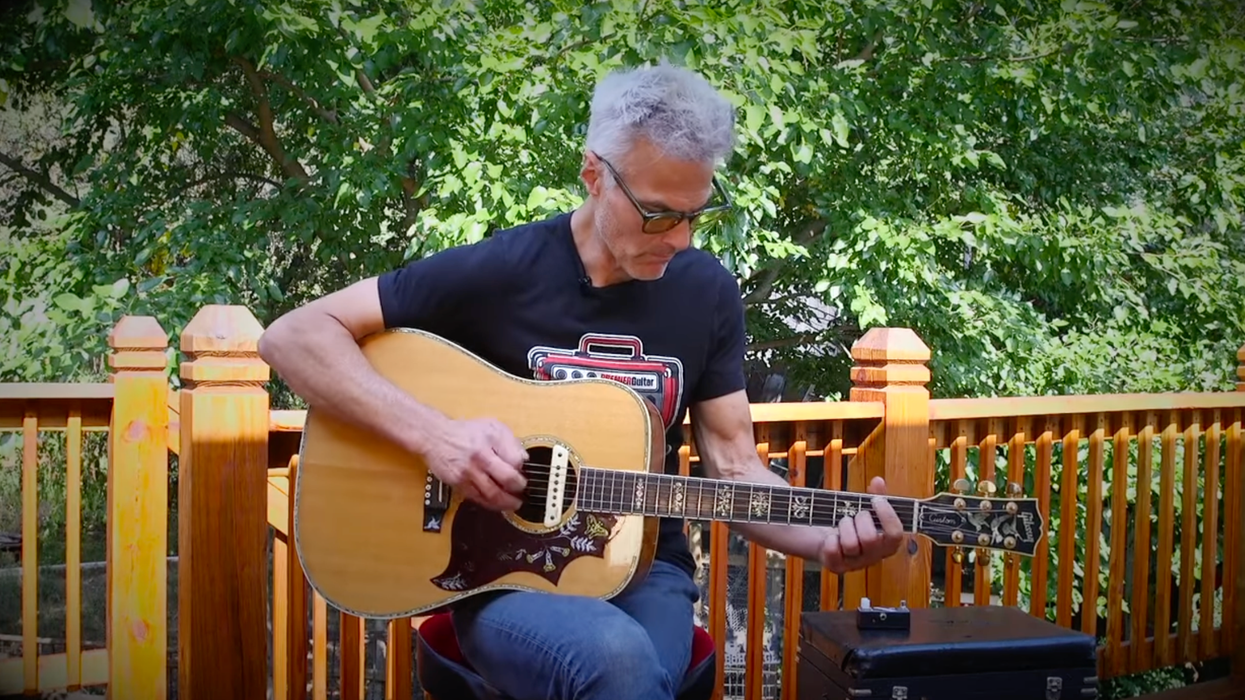Ancient Egyptian paintings and sculptures all look like they were created by a sixth grader. They are stiff, flat profiles with feet, nose, and chin pointing in the same direction: no depth, no realism. All art was this primitive until the 5th century, when Greeks took a giant step forward … literally. They developed contrapposto, where a standing human figure is posed with their weight resting on one leg. The weight shift brought organic movement, bringing the paintings and sculptures to life. (Check out the 5th century Kritios Boy, which is the earliest known Greek statue to use contrapposto.)
Similarly, look at European art from the medieval times, or the Middle Ages, from the 5th century to the 15th century. Much of it is cartoonish—flat, distorted, and unrealistic. Baby Jesus almost always looks like a weird little man, not an infant. No wonder they called it the Dark Ages. Then Leonardo, Michelangelo, Raphael, and others, inspired by the ancient Greeks, built on this realism and brought about the Renaissance, pushing the world forward and making art come to life. I look at Ancient Egyptian art and feel nothing. I look at Michelangelo’s Pieta and weep. That’s what art is about.
I recently rewatched Ken Burns’ 10-part miniseries, Jazz. Sometime during the 2,280 minutes of running time, it occurred to me that American music went through a similar evolution as the world of visual art. Much as the Renaissance artists brought realism to art, jazz musicians— specifically Bessie Smith and Louis Armstrong—brought realism to music. Here’s a little backstory.
“I listen to vaudeville; I feel nothing. I hear Armstrong and I weep.”
In 1877, when Thomas Edison invented the phonograph, he was looking for a way to improve telegraph communications, going for what he called a “speaking telegraph.” Maybe it’s because Edison’s first recording was of him singing “Mary Had a Little Lamb,” but quickly people figured out that if you’re going to record something, music is probably a solid option.
Partly fueled by Edison’s game-changing inventions, the United States was becoming a true superpower, leading the world in industry, tech, finance, etc. The Burns documentary suggests this was when U.S. leaders, trendsetters, and titans of industry thought that it was time for an American Bach to legitimize the nation’s contribution to the world’s music. They looked to the universities, the military, and the establishment to provide this musical genius.
One of the earliest recording artists (in the late 1800s) was John Philip Sousa, “the March King” of America. With all due respect, it’s amazing that records caught on. I’m as patriotic as the next person, but who in their right minds pours a class of wine and cranks up “The Stars and Stripes Forever” to relax at the end of a long day? Sousa’s marches feel as stiff and lifeless as an ancient Egyptian wall painting.
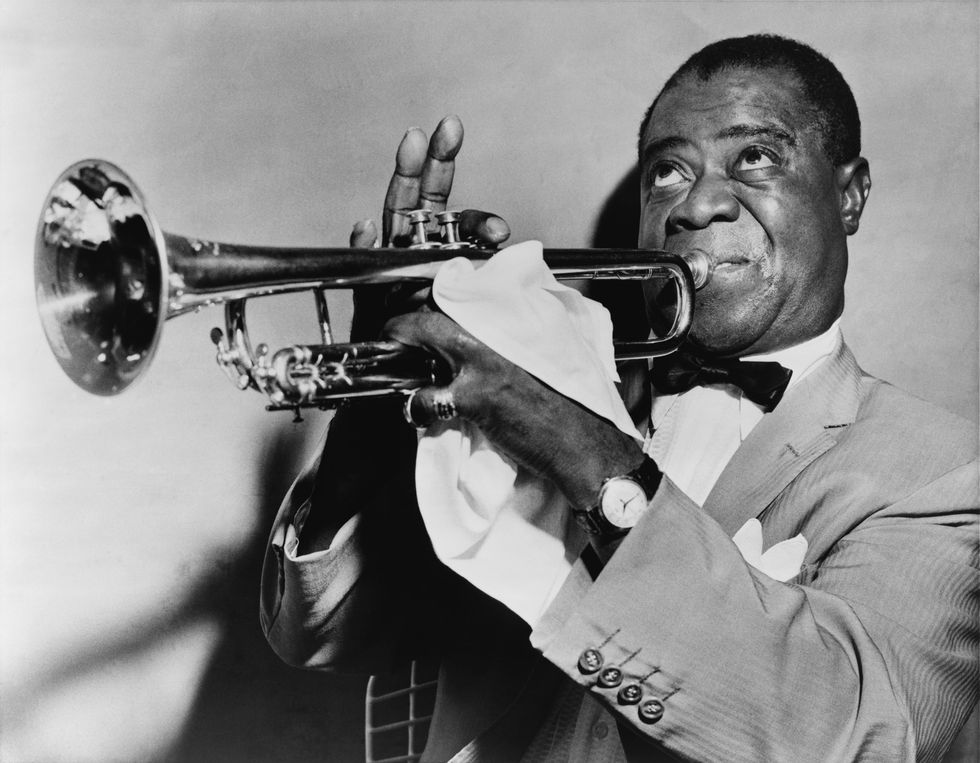
Louis Armstrong: When it comes to authenticity and swing, the buck starts here.
A decade later, in the early 20th century, vocalists dominated record sales. They were mostly vaudevillians like Billy Murray and Arthur Collins, who had hits like “You’re a Grand Old Flag,” “Give My Regards to Broadway,” and “The Yankee Doodle Boy.” They were theater performers, trained to act melodramatically while singing and speaking in a loud, affected manner so they could be understood in the back of a theater. It was a stage voice—not the voice of someone genuinely communicating or expressing emotion.
Then, in the 1920s, music took a contrapposto step in an unlikely way. One of the biggest artists of the early 1920s was Al Jolson, who performed in blackface, stealing bits from African-American culture and making it more palatable to a xenophobic white audience. Based on Jolson’s success, Columbia Records execs thought, “Hey, instead of a white guy in blackface singing a white guy’s interpretation of Black music, why not record the people they’re stealing from?”
“The powerful were looking to themselves for the answer when what they sought came from slaves and their poorly treated descendants. The poetry of it all.”
Columbia found and recorded Bessie Smith, a Black orphaned blues singer who grew up supporting her impoverished family by busking on the streets of Chattanooga, Tennessee. Smith’s genuine performances connected with record buyers. The “Empress of the Blues” became a wildly successful entertainer, which opened the gate for Louis Armstrong. Not only did Armstrong introduce the world to a swinging groove, his genuine, conversational voice made those trained, affected voices seem wooden by comparison. I listen to vaudeville; I feel nothing. I hear Armstrong and I weep.
It’s the classic unlikely origin story, like baby Jesus being born in a manger. The necessary hero/savior rarely comes from the establishment. The powerful were looking to themselves for the answer when what they sought came from slaves and their poorly treated descendants. The poetry of it all.
Duke Ellington, Elvis, Chuck Berry, the Beatles, the Stones, Miles Davis, Prince, Zeppelin, Clapton, and pretty much everything I love descended from the jazz and blues of Bessie Smith and Satchmo. When Duke Ellington was asked how he felt when he couldn’t stay at the hotels where he performed, he replied, “I merely took the energy it takes to pout and wrote some blues.”


